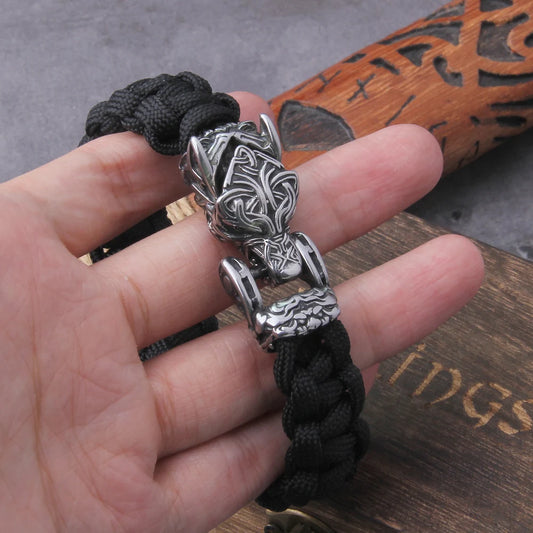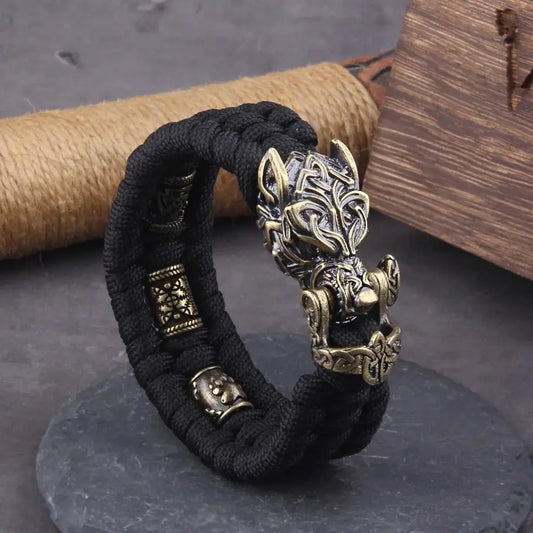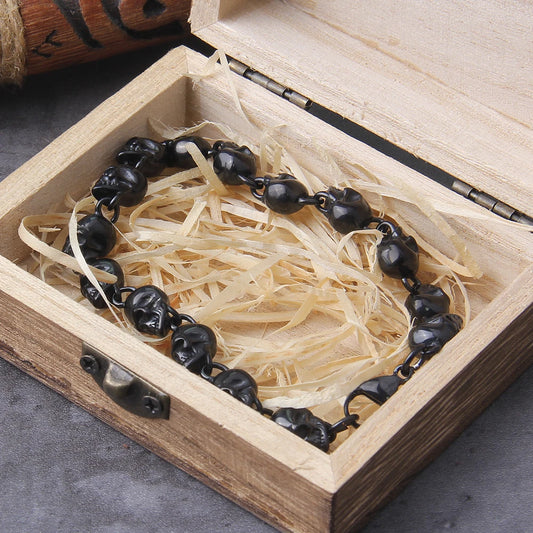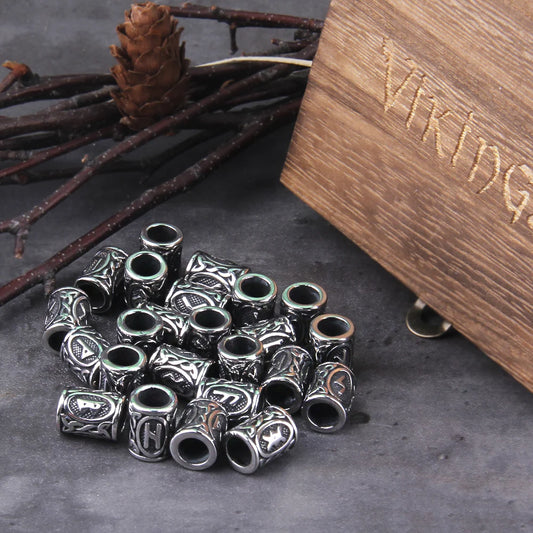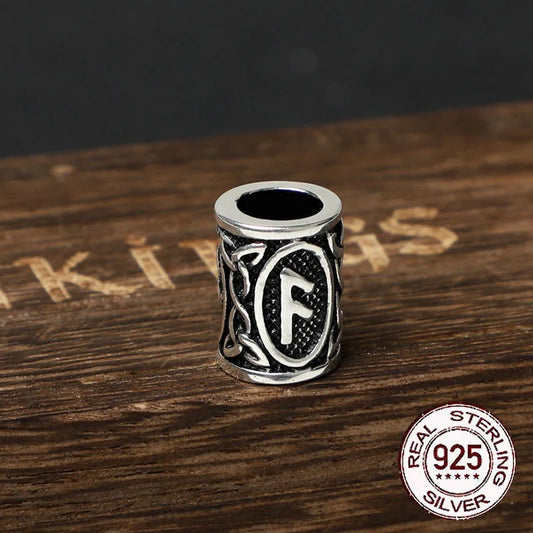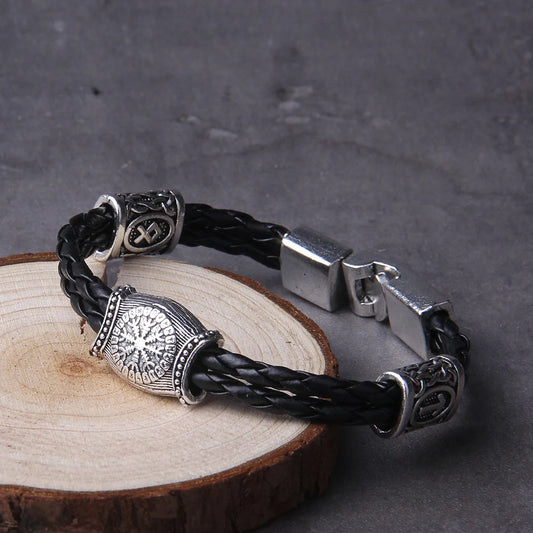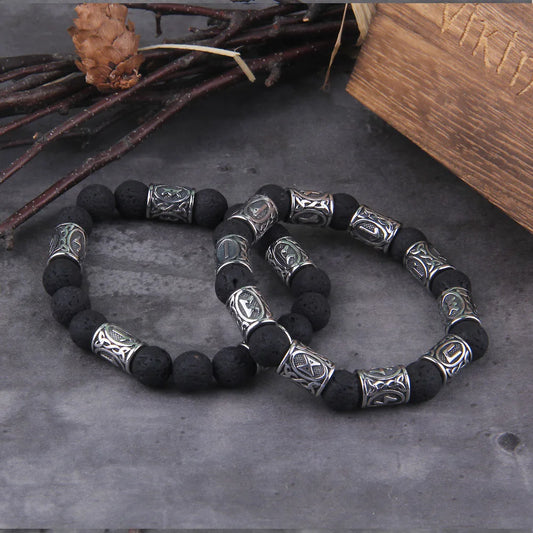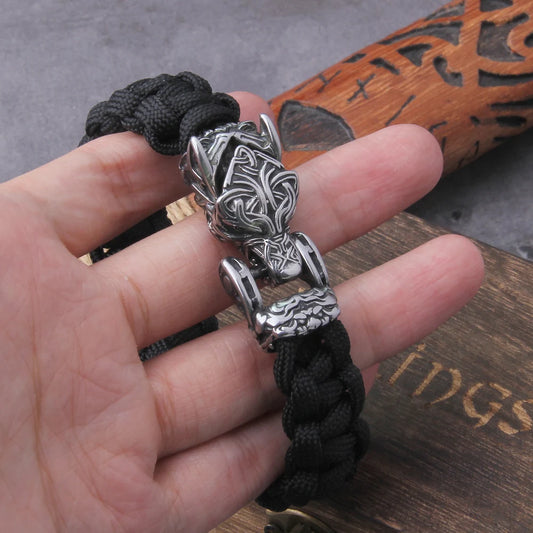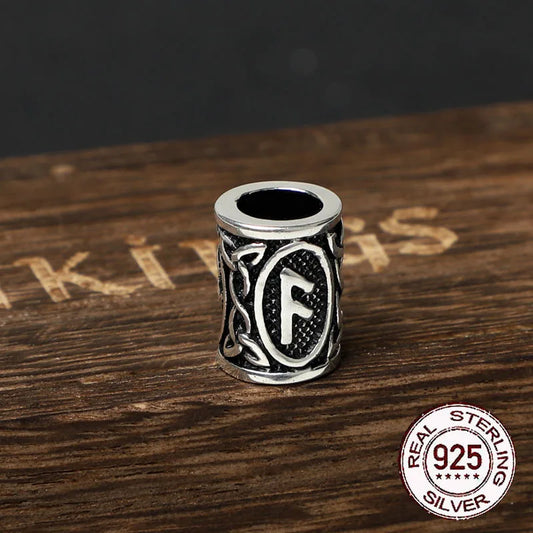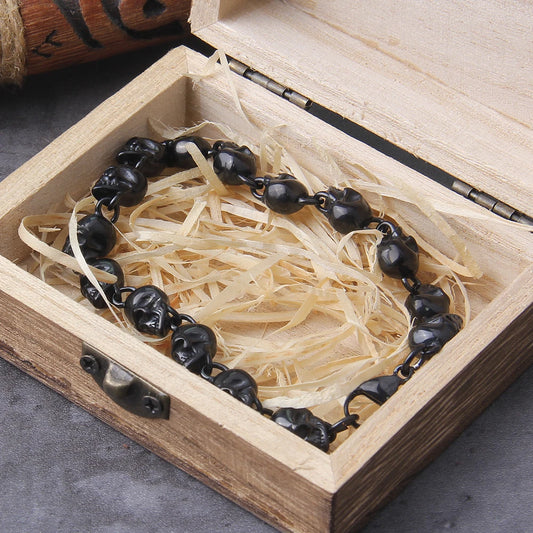In Norse mythology, Hlidskjalf (Old Norse: Hliðskjálf) is the hásæti (the "seat of honor"), Odin's throne that allows him to see over the nine worlds.
In Grímnismál, Odín and Frigg are sitting on Hlidskjálf when they see their frost-sons Agnarr and Geirröd, the former living in a cave with a giantess and the other being king. Frigg then accuses her husband that Geirröd was a miserable and very inhospitable individual. So after arguing about the veracity of this claim Odin agreed to visit Geirröd to find out more.
In Skírnismál, it is Freyr who sits in Hlidskjálf when he looks towards Jötunheim and sees the beautiful giantess maiden Gerð, with whom he immediately falls in love.
In Gylfaginning, Snorri mentions the throne in four different places in the poem. First he seems to refer to it as a dwelling:
There is an abode, called Hlidskjálf, and when Odin sat there, on the throne, he looked out over the whole world and saw the deeds of every man, and knew about all the things he saw.
However, later in the poem he refers explicitly to the throne itself:
Another great abode is there, which is called Valaskjálf. Odin possesses that abode. The gods made it and roofed it with pure silver, and in this mansion is the Hlidskjálf, as the throne is called. Whenever the father of all sits there, he surveys all the lands.
The third mention made of Hlidskjálf is during Snorri's account of Gerd's courtship, in the Skírnismál.
The Icelandic scald Snorri Sturluson, relates how Odin used the throne to find Loki after he fled following Baldr's murder.




